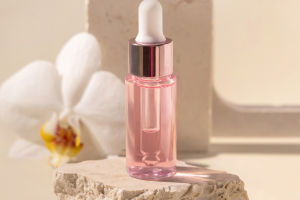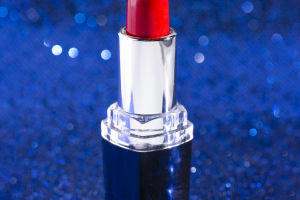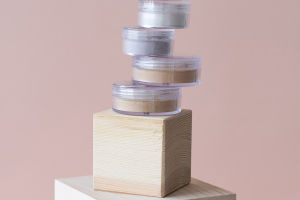The world of cosmetic packaging has indeed grown quite complex and sophisticated, often reflecting the innovative and competitive nature of the beauty industry.
Cosmetic companies use packaging not only to protect the product but also to enhance its appeal and communicate the brand's image, especially with packages that appear to have special effects, giving consumers a refreshing feeling. Let's dig deep into the roots.
Dark-colored glass bottle
Many products prefer to use dark-colored glass bottles as packaging, especially pharmaceutical brands with raw material barrel types. This type of brown glass bottle with a built-in dropper is particularly common, and some even give you a feeling of airflow like popping open drinks.
The purpose of dark-colored glass here is to block UV rays from sunlight, preventing photosensitive active ingredients from photodegradation.
Similarly, in skincare products, active ingredients are the essence of the formula. If they degrade due to light exposure, they become ineffective. Especially for ingredients known for their efficacy, without active ingredients, there's no selling point. Moreover, some ingredients may become toxic or allergenic after photodegradation.
Airless pump
The dropper bottle is an ancient form of packaging. The amber glass performs well in blocking light, but it falls short in isolating air. Even if filled with inert gas, it can only protect the product before the first opening on the shelf.
Once opened, it's difficult to guarantee protection. Argon gas is heavier than air and may provide longer protection, but it gradually loses effectiveness with use. That's why such serums often require finishing within a certain time frame after opening, as prolonged exposure compromises their efficacy.
The biggest advantage of an airless pump is that it can keep the product and air separated for a long time. Every time you press the pump, a small piston at the bottom of the bottle moves upward slightly, allowing the product to come out without allowing air to enter the bottle.
As the product gets used up, there's less space, so from opening to finishing the product, you don't have to worry about air exposure. Unlike dropper bottles, airless pump bottles are suitable for viscous products like emulsions, especially when they contain a large amount of easily oxidizable unsaturated oils, such as tea seed oil or shea butter.
Aluminum tube
Both dropper bottles and airless pump bottles have limitations.
Airless pump bottles, due to the requirement of airtightness, are usually made of PP material. Even if colorants are added, the light-blocking effect may not be optimal. Vitamin A, with its powerful effects in wrinkle reduction and acne treatment, comes with a host of side effects that can often make it intolerable. It's prone to oxidation and has photosensitivity and phototoxicity.
This is something that even formulators have to handle in a dimly lit room with only red light because contact with air causes oxidation, and exposure to light releases toxins. High-concentration vitamin A formulations can only be stored in aluminum tubes, completely isolated from air and light, to ensure safety and efficacy during use.
Ampoule
It has quite a historical background, with the earliest records dating back to 305 AD.
Modern ampoules have little to do with their historical counterparts; cosmetic ampoules are borrowed from medical supplies. To preserve injectable preparations and high-purity drugs that must be isolated from air, the head of the glass bottle is sealed by melting at high temperatures, allowing long-term storage without external contamination. When it's time to use, the neck of the bottle is broken off, and the contents are used once.


